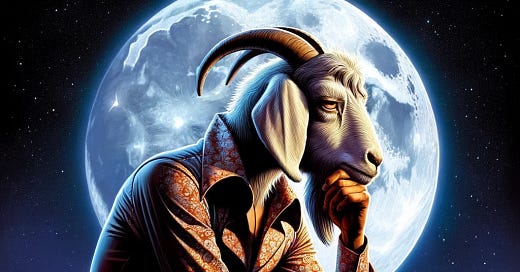“Fortnight” is such an interesting word. It’s still used in British English, but it sounds anachronistic to American ears, like “four score.”
If it sounds like it’s a blend of the two words “fourteen” and “night”, that’s because it very much is. Fourteen nights, or two weeks, is the length of time in one fortnight.
Well, okay, but… why nights, and why fourteen?
The answer comes from the same place: the moon.
If you saw a new moon, 29 or 30 nights would go by before you would see a new moon. When we think of a lunar cycle today, this is pretty much what we think of today. This is called a synodic month, and synodic means “meeting.”
That’s because the moon “meets” where the sun lines up with the earth, and that’s why there is a new moon. The moon is tidally locked with the earth, so we always only see one side of the moon. When the sun is lined up “behind the moon”, we have a new moon every 29.53 days.
Our ancestors also paid an awful lot of attention to the night sky. It provided a ha…
Keep reading with a 7-day free trial
Subscribe to Goatfury Writes to keep reading this post and get 7 days of free access to the full post archives.




